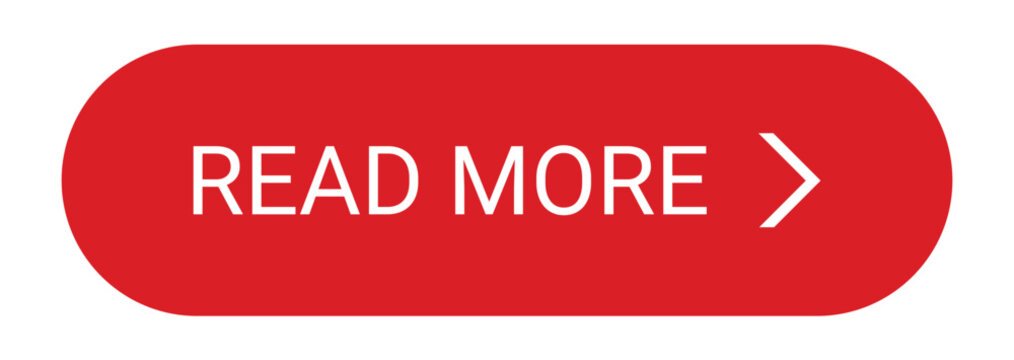Are you feeling frustrated with the high cost of car insurance? Are you looking for ways to lower your premiums? Look no further! In this article, we’ll show you how to get your car insurance rate down by 10%, and provide tips on how to keep it low. Read on for more details.
First, it’s important to understand why car insurance premiums are so high. Insurance providers base their rates on factors such as your driving record, the type of car you drive, and your age. If any of these factors are unfavorable, you may be paying more than necessary for your coverage.
Fortunately, there are several steps you can take to lower your rate. One of the simplest strategies is to shop around for different providers. Different companies will offer different rates, so it pays to compare prices. You can also use online comparison tools to quickly and easily find the best deals available in your area.

Another way to save on your car insurance is by taking advantage of discounts. Many insurance companies provide a variety of discounts depending on things like safety features on your car or membership in certain organizations. If you don’t already have them, consider investing in safety features such as airbags or anti-lock brakes that could qualify you for additional savings. Additionally, some insurers give discounts for completing a defensive driver course or installing an anti-theft device in your vehicle.
Finally, remember that your credit score also plays an important role when it comes to determining car insurance rates. Making sure that all payments related
What is car insurance?
Car insurance is a type of insurance that helps protect your vehicle from damage or theft. It can also help protect you financially if you are involved in an accident. Most states require drivers to have some form of car insurance, and there are a variety of different types of coverage available.
What are the different types of car insurance coverage?
There are four different types of car insurance: liability, collision, comprehensive, and uninsured/underinsured motorist.
Liability insurance covers damage to other people or property in an accident that is your fault. It does not cover damage to your own car. Collision insurance covers damage to your own car in an accident, regardless of who is at fault. Comprehensive insurance covers damage to your own car from things other than collisions, such as fire, theft, or vandalism. Uninsured/underinsured motorist insurance covers damages to you or your passengers in an accident caused by someone who does not have enough insurance to cover the damages.
Each type of coverage has its own benefits and drawbacks. You should talk to your insurance agent about what types of coverage are right for you based on your needs and budget.
How to lower my car insurance rate
There are a few things you can do to lower your car insurance rate. One is to shop around and compare rates from different companies. Another is to get rid of any extras that you may not need, such as roadside assistance or rental car coverage. You can also raise your deductible to lower your premium. Lastly, make sure you are taking advantage of any discounts that you may be eligible for.
When do you need auto insurance?
If you are the owner of a car, you are required to have auto insurance. Insurance protects you financially if you are in an accident or your car is stolen. It is important to have insurance so that you are not left with a large bill if something happens to your car. There are many different factors that go into how much your insurance will cost. The type of car you drive, your driving record, where you live, and how much coverage you need all play a role in determining your rates.
Conclusion
In conclusion, there are several ways to get your car insurance rate down 10%. You can start by increasing the deductible and bundling multiple policies. Shopping around for multiple quotes can also be helpful in finding the best deal. Additionally, taking advantage of discounts like military or student discounts is a great way to save money on your premiums as well. Ultimately, with some time and research you should be able to find an affordable policy that meets your needs without breaking the bank.
